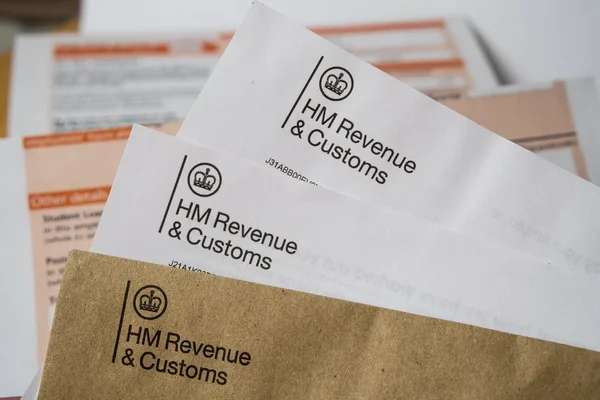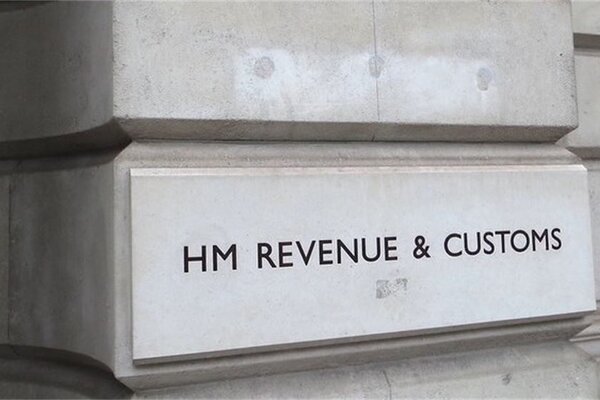To the Point
Investing in startups through SEIS can slash your tax bill, but only if you claim the relief correctly. HMRC’s process requires specific documentation and careful completion of your self assessment.
SEIS offers generous tax reliefs and tax advantages, making it one of the most attractive tax incentives for investors in very early stage companies.
Many investors miss out on thousands of pounds due to simple filing errors. SEIS is specifically designed to support early stage companies, encouraging investment in startups at their most formative stage. Getting this right could save you significant money on your tax bill.
Need help claiming your SEIS tax relief? Pie tax, the UK’s first personal tax app, can identify all eligible reliefs automatically. Or if you’re just here to get to grips with it all, let’s break it down!
What is SEIS Income Tax Relief?
SEIS (Seed Enterprise Investment Scheme) offers a generous 50% income tax relief on investments up to £100,000 per tax year. This means if you invest £20,000 in a qualifying startup, you could reduce your income tax bill by £10,000. SEIS tax benefits include not only income tax relief but also capital gains tax exemption, loss relief, and inheritance tax relief, making it one of the most comprehensive venture capital schemes for UK taxpayers.
The scheme encourages investment in early-stage companies. To qualify, the company must be a SEIS eligible company (or SEIS qualifying company), be UK-based, have fewer than 25 employees, and have gross assets not exceeding £350,000. Companies often seek advance assurance from HMRC to confirm their eligibility before issuing SEIS shares.
SEIS shares must be ordinary shares with no special rights to the company's assets, and holding these shares for at least three years is required to qualify for disposal relief and capital gains tax exemption. Knowledge intensive companies may qualify for enhanced reliefs under other venture capital schemes.

How to Claim SEIS Relief on Your Self Assessment
Before starting your tax return, make sure you have your SEIS3 certificate from the company you invested in. This is crucial – you cannot claim without it. You must also ensure the company has received advance assurance from HMRC to confirm your SEIS investment qualifies before you claim SEIS tax relief.
Log into your HMRC online account and go to the Additional Information pages (SA101) of your Self Assessment tax return. This is where SEIS claims are processed. You can claim SEIS tax relief through either an online or paper tax return, and the claim form (SEIS3) must be attached or referenced as part of your submission.
Find the “Other tax reliefs” section and locate boxes 11-13, which are specifically for SEIS investments. These boxes must be completed accurately. The SEIS section of the tax return is part of the broader venture capital scheme reporting, and claiming SEIS tax reliefs and other SEIS tax benefits can significantly reduce your overall tax liability.
Claiming Carry Back Relief
One brilliant feature of SEIS is the ability to carry back your investment to the previous tax year. This means you can claim relief for the relevant tax year or the same tax year as the investment, depending on your tax position, and reduce your tax bill for a year that’s already ended.
To do this, complete the same boxes as normal but tick the ‘carry back’ option if available in your tax software. This signals to HMRC that you want the relief applied to the previous year.
If there’s no specific option, add a note in the “Any other information” box. State clearly that you’re claiming carry back relief for this investment.
Remember, you must make this election within four years of the end of the tax year you’re carrying back to. Missing this deadline means losing the opportunity. Unused income tax relief cannot be carried forward beyond the relevant tax year, so it is important to claim relief promptly.

Common SEIS Claim Mistakes to Avoid
The most frequent error is trying to claim without having received your SEIS3 certificate. Wait until you have this document before filing your claim.
Double-check all the details on your SEIS3 match what you're entering on your tax return. Small errors can lead to rejected claims and unnecessary delays.
Watch out for timing issues with certificates. Companies must have been trading for at least four months or spent 70% of the raised money before issuing them.NDon't forget the £100,000 annual investment limit. Exceeding this will result in some of your relief being denied by HMRC.
Keep all your paperwork for at least six years after filing. HMRC may ask to see evidence of your investment during this period.
Final Thoughts
SEIS tax relief is one of the most generous tax breaks available to UK investors. Claiming it correctly is essential to benefit fully from this valuable incentive.
Always wait for your SEIS3 certificate before claiming and double-check all details carefully. The relief can significantly reduce your tax bill, making the paperwork worthwhile.
If you're unsure about any aspect of claiming SEIS relief, seek professional advice. It's better to get help than risk errors that could cost you money.

Pie tax: Simplifying how to claim SEIS income tax relief on self assessment Tax
Claiming SEIS relief shouldn't give you a headache. Pie tax, the UK's first personal tax app, makes the entire process smooth and straightforward.
Our smart tax platform automatically identifies when you might qualify for SEIS relief based on your investment activity. We'll even remind you when certificates should be arriving.
We store all your SEIS certificates in one secure place, making tax time much easier. No more hunting through folders or emails for that crucial paperwork.
Our real-time tax calculator shows exactly how your investments affect your overall tax position. This helps you make smarter financial decisions throughout the year.
Fancy seeing how it works? Take a look at the Pie tax app today and simplify your SEIS claims.











